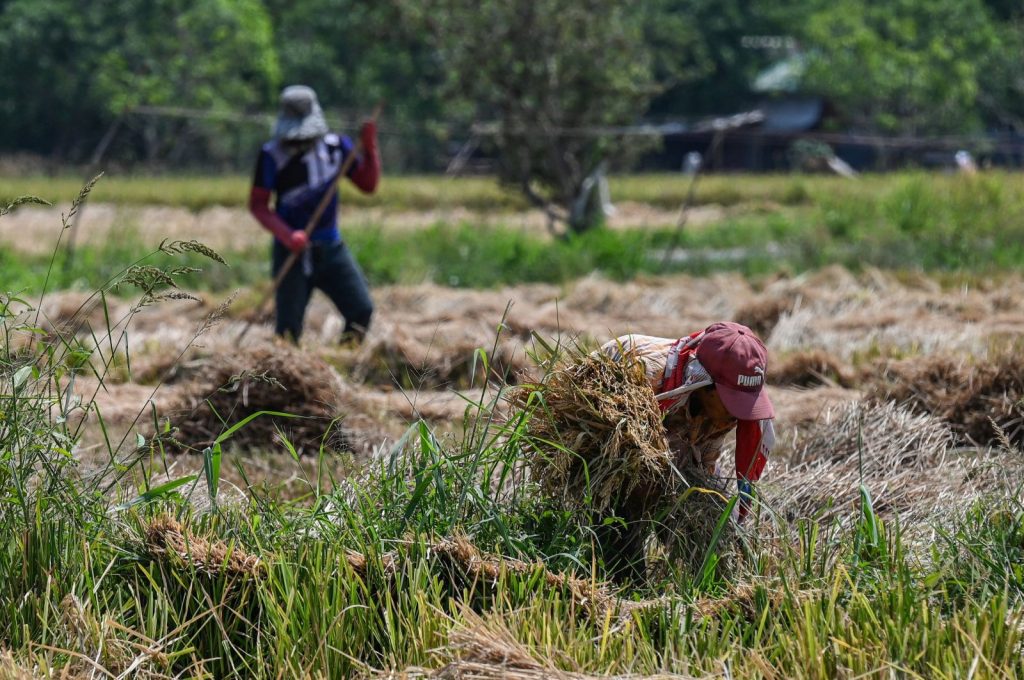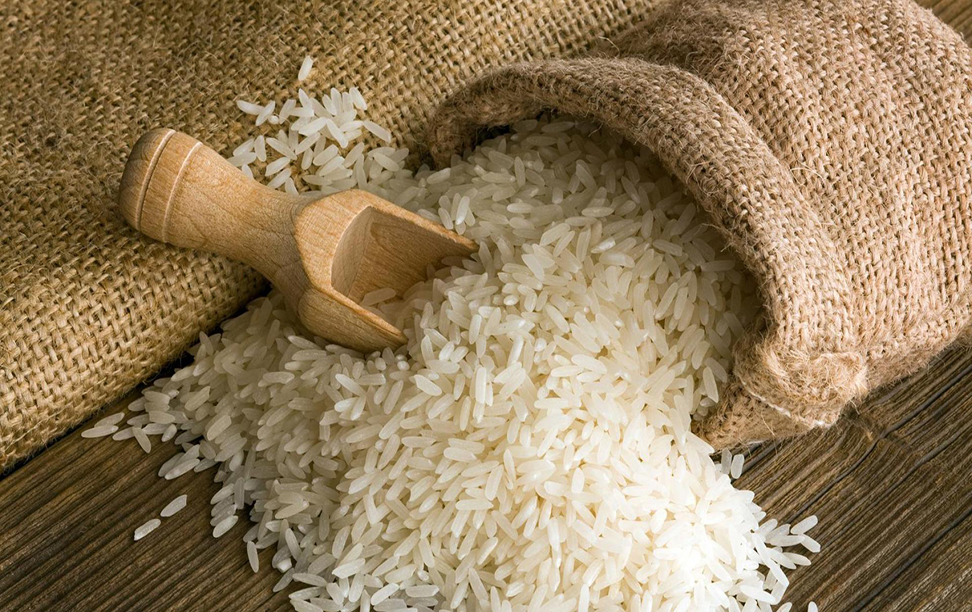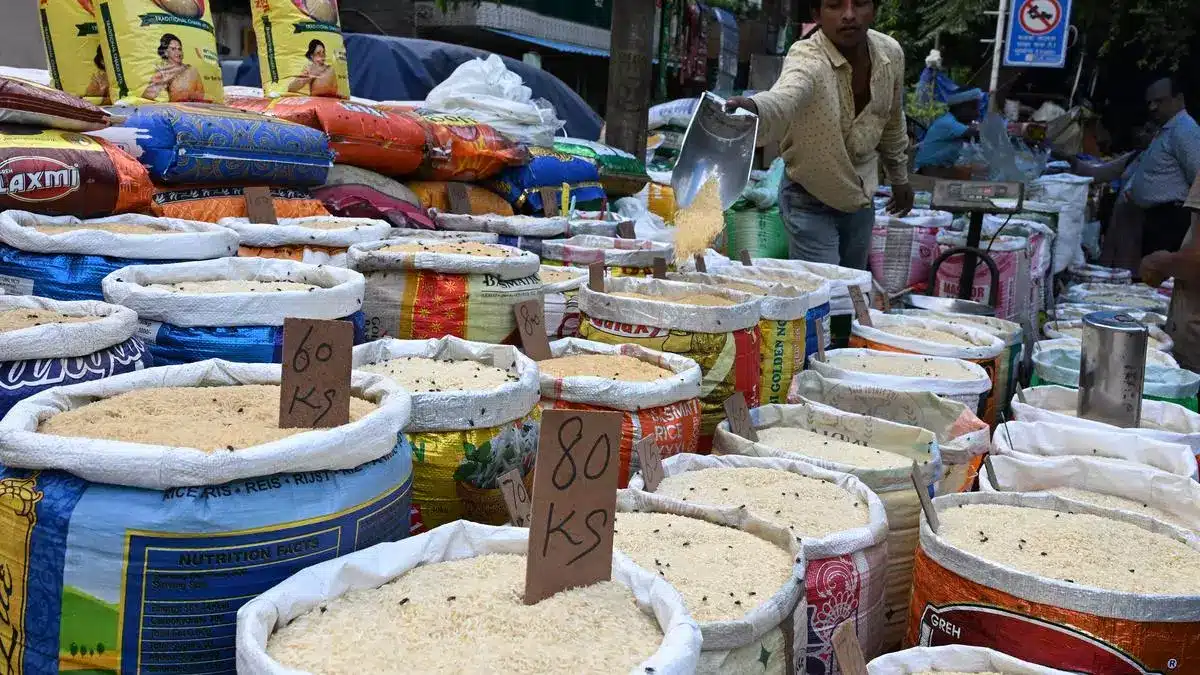Tags
Global rice market stable but remains vulnerable to dry weather risk

Global rice supplies have steadied following last year’s surge, but the market still faces exposure to potential dry weather risks induced by El Nino, according to a senior executive at commodity trader Louis Dreyfus Co.
Rice prices in key Asian export hubs have eased in recent weeks after climbing last year to their highest since 2008 following an export ban by India, the world’s biggest shipper.
“It does seem like we went through a very tight situation. You had the export ban in India and Indonesia came to buy a very large volume of rice,” Rubens Marques, LDC’s chief executive for South and Southeast Asia, said in an interview.
“The combination of these two factors, I think, was too much for the market to handle, which ended up pushing prices up. It does seem like the supply and prices have stabilized.”
India’s July export ban ended a decade of price stability for the world’s most widely consumed staple and heightened food inflation pressure.
Marques said rice supplies remain vulnerable to adverse weather.
“We cannot deny that climate change has had an impact and may still have an impact in terms of having this El Nino and having drier than expected weather,” he said.
The El Nino weather phenomenon is a warming of the Pacific Ocean waters along the equator off the coast of South America. The pattern typically causes hot, dry weather in Asia, impacting vast swathes of rice-growing regions.
The market is focusing in the coming months on production from irrigated crops.
“We need to keep an eye on the levels of reservoirs in some of the key producing countries. In May, June, we should know a bit more about what is going to happen with the irrigated crops,” he said.
LDC, among the biggest rice merchants, supplies buyers in Asia, Africa and the Middle East.
Weather risk
The unpredictability of weather patterns fuelled by climate change is leading to further supply disruption.
“I think the biggest thing about El Nino, and it’s not talked enough about, is the unpredictability of the weather events, he said.
“The weather events have always been there, but it’s now how unpredictable it has become and how difficult it has become for the trade to basically solve those imbalances,” he said.
Last year’s price rally led to lower rice demand from some countries.
“You have to keep in mind that a lot of the rice in India ends up in Africa, which is a very price-sensitive market,” he said. “And on the way up, I think the market has done its job of rationing demand.”
India’s export prices fell to their lowest in over three months last week on subdued demand and ample supplies, while Thailand’s prices remained largely flat.
For the wheat market, the coming months are crucial for Northern Hemisphere crops, Marques said.
Benchmark prices climbed nearly 8% in April, following dryness in parts of Russia and the United States.
“I don’t know how much weather premium is already priced in,” he said. “There’s upside potential if you see less than expected rains in the Northern Hemisphere.”
Chicago wheat futures edged higher on Thursday as traders assessed whether rainfall in U.S. and Russian crop areas was enough to alleviate dryness that threatens yields.
https://www.dailysabah.com/business/economy/global-rice-market-stable-but-remains-vulnerable-to-dry-weather-riskPublished Date: May 2, 2024







